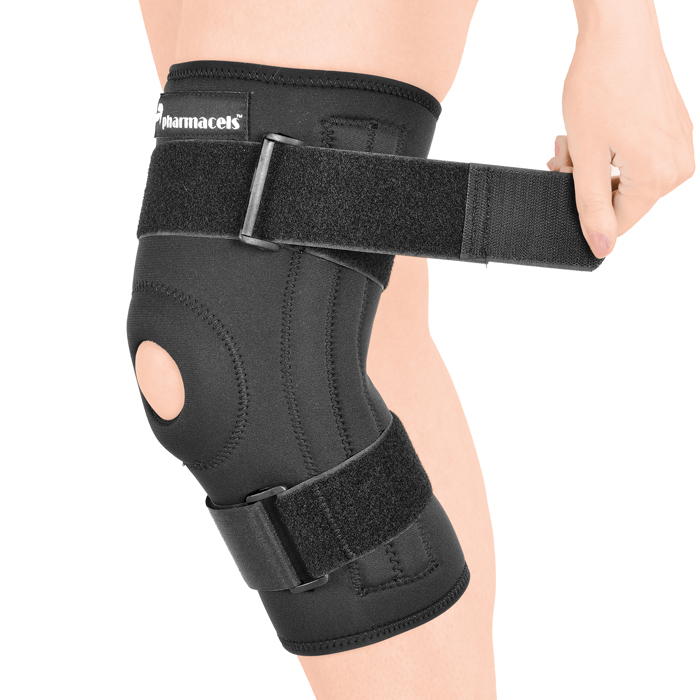Meniscal injuries
Meniscal injuries are not to be confused with “minuscule” injuries. In fact, meniscal injuries are rarely to be taken lightly. The meniscus is a thick, half moon shaped cartilage which helps absorb the shock of bearing weight and protects the knee bones . (For you trivia buffs, there is also a meniscus in the wrist called the TFC – Triangular Fibrocartilage Complex.) There are two menisci in the knee – the medial and the lateral – which are found between the femur and tibia. They attach to the tibia while the femur glides and rotates from above. Each meniscus basically serves the same purposes although they are shaped slightly differently and have subtle differences in their function. For instance, the lateral meniscus moves more than the medial meniscus does during knee movement.
Most meniscus injuries tend to occur due to acute trauma or overuse. Typically, we hear of meniscus tears occurring in athletic activities which involve cutting, pivoting or other motions which place multidirectional stress on the knee. However, running is a repetitive activity and the repeated compressive forces placed on a meniscus during running can lead to a tear of the tissue. There are several types of tears that occur in the meniscus – longitudinal, oblique, transverse/radial, horizontal and degenerative. The types are based on the direction in which the tear occurs.
Common symptoms of a meniscal injury include popping/clicking in the knee, locking of the knee during movement, buckling of the knee with weight bearing, inability to fully straighten or bend the knee, swelling of the knee and pain. Pain may not be a major factor as a portion of the meniscus is not innervated with nerve endings and if a tear occurs in this region pain may be absent while the other symptoms are present.
If you suspect you have a meniscal tear in your knee, based on the above symptoms, you need to see your primary care provider before continuing on any type of athletic activity, including recreational walking and running. Some meniscal tears can heal with conservative treatment which may include physical therapy. Some will not respond to conservative care and require arthroscopic surgery. Arthroscopic surgery involves making small incisions for tools to enter the joint space and trim or repair the torn tissue.

